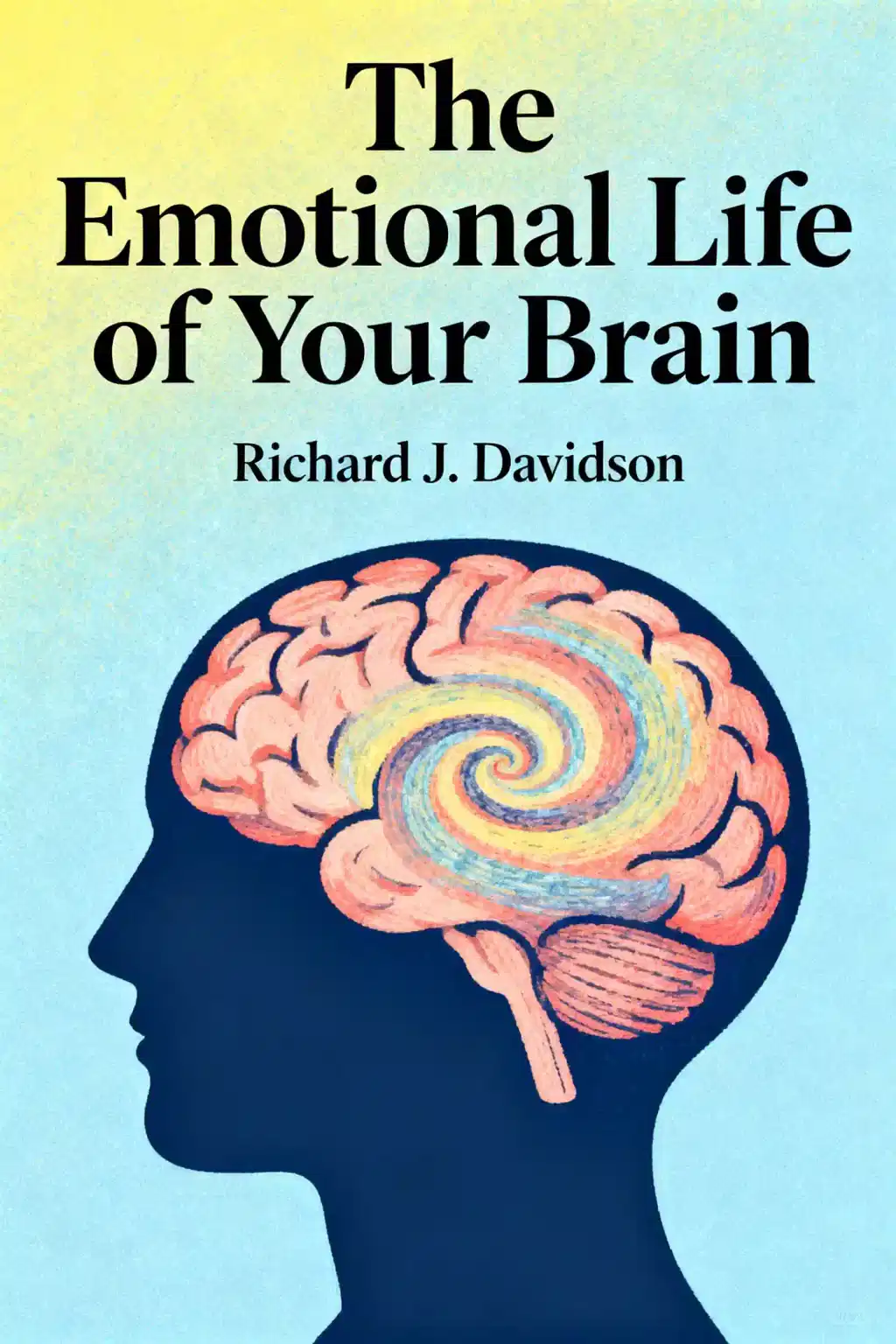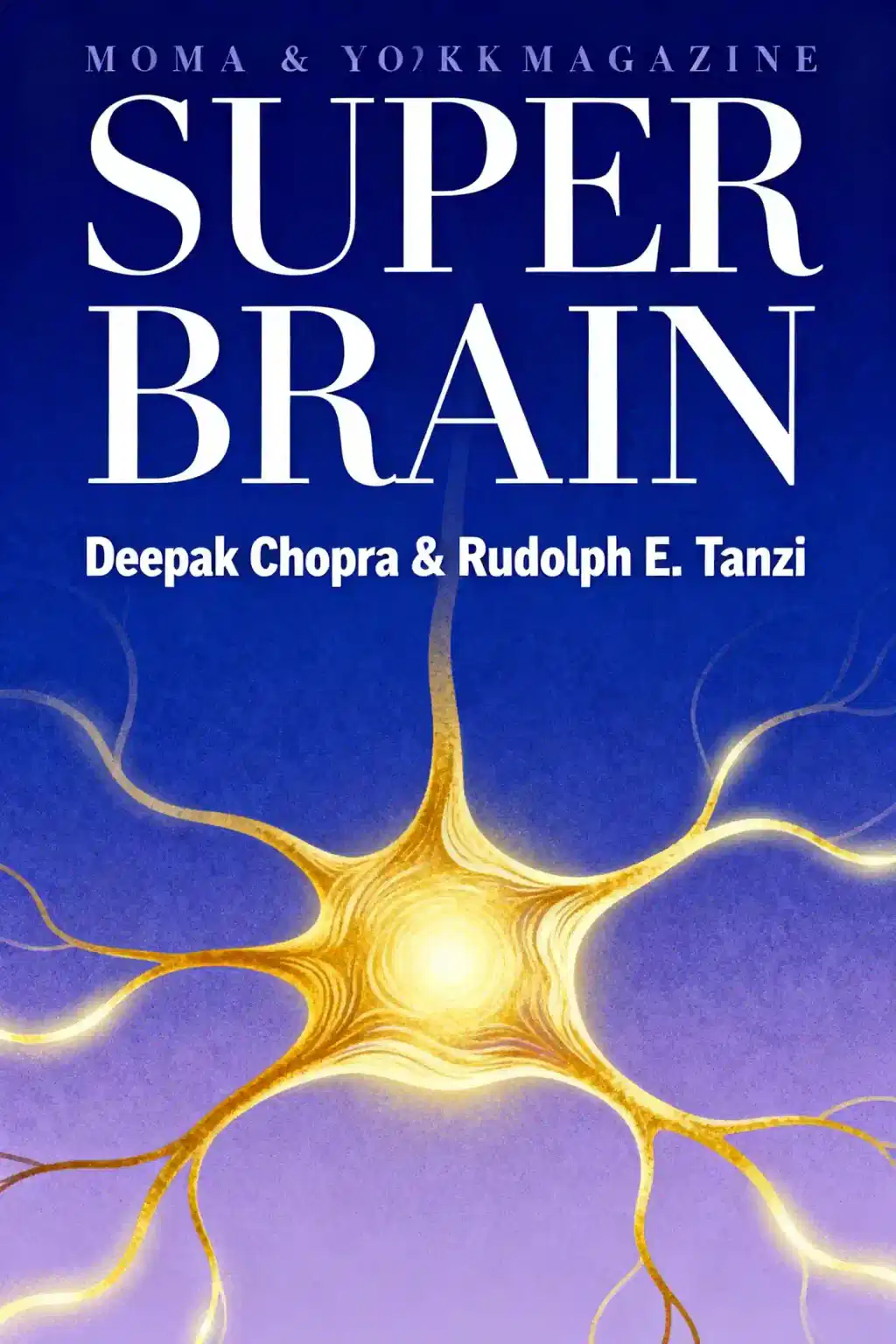What is
Altered Traits by Daniel Goleman and Richard J. Davidson about?
Altered Traits examines the scientific evidence behind meditation, distinguishing between temporary altered states (during practice) and lasting altered traits (enduring psychological changes). The authors analyze over 6,000 studies, focusing on rigorous research to show how meditation rewires the brain, reduces stress, and enhances emotional resilience. It blends ancient practices with modern neuroscience.
Who should read
Altered Traits?
This book is ideal for psychologists, neuroscientists, meditation practitioners, and skeptics seeking evidence-based insights into mindfulness. It’s also valuable for anyone interested in neuroplasticity or stress reduction. Professionals in mental health or education will find its research-backed conclusions particularly useful.
Is
Altered Traits worth reading?
Yes. Goleman and Davidson cut through meditation hype by prioritizing peer-reviewed studies, making it a credible resource. It offers actionable insights for beginners and advanced meditators alike, while debunking myths about quick fixes. The blend of science and practicality makes it a standout in mindfulness literature.
What are "altered traits" vs. "altered states" in meditation?
Altered states are temporary shifts in consciousness during meditation (e.g., calmness). Altered traits are permanent changes, like reduced reactivity to stress or increased empathy, that persist beyond practice. The book argues lasting traits—not fleeting states—are meditation’s true value.
How does meditation change the brain according to
Altered Traits?
Meditation strengthens prefrontal cortex activity (linked to focus) and reduces amygdala reactivity (fear/stress responses). Neuroplasticity allows these changes to become traits over time. For example, long-term practitioners show thicker brain regions associated with self-regulation.
What is the "deep path" vs. "wide path" in meditation?
The deep path involves intensive retreats for profound self-transformation (e.g., monks). The wide path refers to accessible daily practices for general well-being. Both paths create altered traits, but their timelines and impacts differ.
Can meditation reduce stress, per
Altered Traits?
Yes. Studies cited show meditation lowers cortisol (stress hormone) and quiets the amygdala. For instance, mindfulness practitioners recover faster from stressors, and PTSD patients see reduced hypervigilance. Effects strengthen with consistent practice.
What critiques of meditation research does
Altered Traits address?
The authors highlight flawed methodologies, like small sample sizes or lacking control groups. They advocate for "active controls" (comparing meditation to other interventions) to isolate its unique benefits and avoid placebo effects.
Who are key researchers featured in
Altered Traits?
Besides Goleman and Davidson, the book cites Helen Neville’s work on neuroplasticity in deaf individuals, Jon Kabat-Zinn’s mindfulness-based stress reduction (MBSR), and Clifford Saron’s Shamatha Project studying advanced meditators.
How long does it take to see meditation benefits, per
Altered Traits?
Some benefits (e.g., focus improvements) emerge in weeks with daily practice. Lasting traits like emotional stability may require years. Intensive retreats accelerate changes, but even brief sessions yield measurable effects.
Does
Altered Traits compare mindfulness and compassion meditation?
Yes. Mindfulness enhances attention and self-awareness, while compassion practices boost empathy and social connectedness. Brain scans show distinct neural activation patterns for each type, supporting tailored approaches for specific goals.
What future research does
Altered Traits suggest?
The authors call for studies on lifelong meditators, optimal practice "doses," and biomarkers for trait changes. They also emphasize exploring how different meditation types (e.g., loving-kindness vs. focused attention) uniquely shape the brain.














